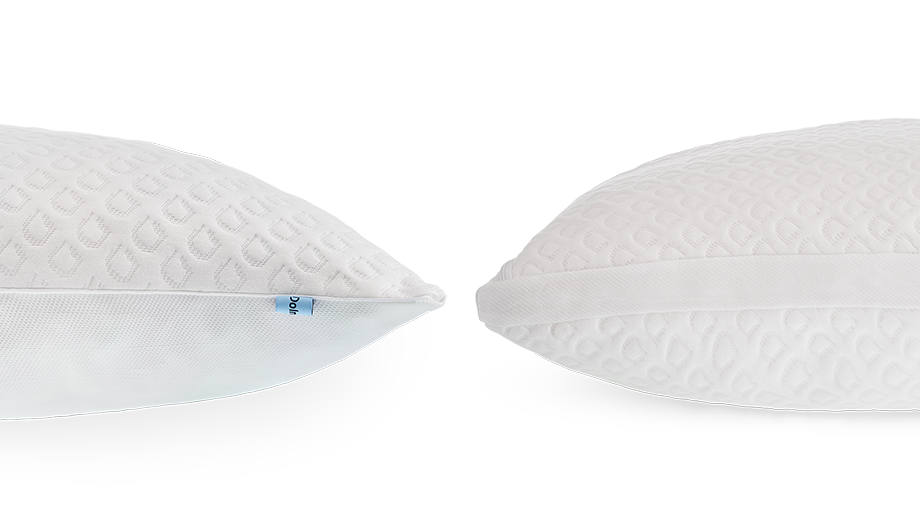ADHD Evaluation – What Happens in the First Step?
A medical professional conducting an ADHD assessment will ask you and people close to you — such as your spouse, sibling or friend for adults — about the symptoms. This can provide information that questionnaires cannot.
 It’s harder to determine ADHD in adults, because the diagnostic guidelines are specifically developed for children. It’s important to find a doctor who specializes in the condition who takes his or her time with your evaluation.
It’s harder to determine ADHD in adults, because the diagnostic guidelines are specifically developed for children. It’s important to find a doctor who specializes in the condition who takes his or her time with your evaluation.
Symptoms
The first step in an ADHD assessment is to let the patient speak honestly and openly about his symptoms and how they affect his life. Many adults are reluctant to admit that they have difficulty paying attention, following directions or organizing tasks, but obtaining an accurate diagnosis for adhd in adults is the best method to take control of symptoms and live a more fulfilling life.
The evaluator will ask the person about their medical and personal history from childhood to present. The evaluator also reviews the American Psychiatric Association’s clinical guidelines for the disorder in the Diagnostic and Statistical Manual of Mental Disorders, Fifth Edition (DSM-5).
To meet criteria for a diagnosis of ADHD, an adult diagnosis of adhd must have a history of at least six established symptoms in one or both of two main categories–inattention or hyperactivity/impulsivity–for diagnosis for adhd in adults six months. Symptoms must have caused significant impairment in at least two important situations, like school or at work. In addition, the person evaluating must rule out other disorders that can cause the same symptoms as ADHD, such as anxiety, depression or an intellectual impairment.
A doctor can also employ ADHD symptoms checklists or rating scales in conjunction with an interview to gather information regarding the severity of the symptoms. Psychological tests that test executive functioning, spatial and visual reasoning, and working memory may aid in identifying ADHD symptoms in adults. Doctors may request permission based on the circumstances to reach out to family members or friends who can offer valuable advice and support. They may request the names and contact details of parents, spouses or siblings to interview them regarding the person’s challenges at home and at the workplace.
A physical examination is often part of an ADHD assessment. It helps rule other conditions that could cause similar symptoms. For instance, thyroid problems and seizures can cause symptoms that look similar to ADHD. The evaluator could also conduct a neurological examination to see whether there is any indication of injury or damage to the brain that would explain the symptoms. The evaluator may also suggest blood and urinary tests to determine if there is other conditions that might hinder treatment. For instance depression, the use of alcohol or drugs.
Diagnosis
Your doctor will examine symptoms that occur in different environments, such as at work, home or at school. They must also last for a significant period of time. The doctor will determine how to get diagnosed with adhd uk much these symptoms interfere with your everyday life. If they cause a lot of trouble, it’s likely that you or your child will meet the criteria for a diagnosis of either inattentive or hyperactive-impulsive ADHD.
To diagnose children, doctors must follow guidelines from the Diagnostic and Statistical Manual of Mental Disorders-Fifth Edition (DSM-V). They will assess the child’s symptoms and how they affect their lives. They might also conduct a clinical interview. The interview will consist of an overview of your child’s medical family, psychiatric, or medical history. You will be asked about your child’s mood and behavior as well as their productivity.
For adults, it is trickier to make an accurate diagnosis. The DSM-V symptom guide is designed towards diagnosing children. However, there is some debate over whether these criteria still apply to adults. To meet the criteria for a diagnosis, an adult must have 6 or more symptoms of inattentive ADHD or 7 or more symptoms of hyperactive-impulsive ADHD. They must be suffering from these symptoms for a prolonged duration of time, and they must significantly hinder their daily life at home, school, or work.
In addition to conducting a clinical interview, your doctor may conduct other tests to determine the extent of your or the child’s symptoms. This could include a blood or EEG test. Other tests can be used to rule out an illness that causes the same symptoms, like learning disabilities or depression.
A request to your family doctor to refer you to an expert who can evaluate your ADHD or the ADHD of your child is a good place to start. You can also contact your insurance provider to determine if specialists who specialize in ADHD assessments for adults are covered under your insurance plan. You can also contact a local group of support and request suggestions. You can also try calling the hospital of a university or medical or graduate school for an inventory of professionals who can conduct ADHD evaluations.
Treatment
ADHD symptoms can cause serious problems at work and at school, and can cause problems with relationships. Getting a diagnosis and taking medication can improve functioning and decrease symptoms. People suffering from ADHD may also need to alter their lifestyles like altering their sleep schedules using daily planners, or increasing exercise.
A person with ADHD must see their primary care doctor or an expert in mental health or both for an assessment. During this in-person interview the doctor will discuss topics including the development of the disorder as well as family and lifestyle history and present symptoms and issues. The practitioner will ask questions about the person’s performance, behavior, and productivity and whether they have issues with impulsive actions or focus. They will ask about the duration of the symptoms, when and where they started, and the amount of distress they cause.
The evaluator may want to discuss other people involved in the patient’s daily life, including spouses, parents, siblings teachers, coaches daycare providers, or even friends. These people can offer insights that questionnaires can’t give, such as the fact that the patient often fails to remember or stops doing tasks during the course of a task. They may also be able to reveal what triggers symptoms.
Many behavioral therapies and medications are used to treat ADHD. The medications can include stimulants such as amphetamine, or nonstimulant medicines like atomoxetine and dexamfetamine. These drugs improve blood flow to the brain, suppress the impulsive behavior of people and enable them to pay attention and follow directions. They can be taken either orally or intravenously and are generally well-tolerated.
In addition to medications, therapy can help people with ADHD develop strategies to deal with their difficulties. Therapists can help people learn how to organize their lives, keep track of appointments, and offer support and guidance when dealing with the effects ADHD symptoms have on their work and family life. Therapy for families and marriage is a fantastic way to tackle the issues caused by ADHD in relationships. It can also teach strategies for dealing with stress and assist in resolving conflict that may occur.
Medication
To determine if your child has ADHD the health care professional must consider various factors. They will ask about your child’s behavior at home, in school, and in other settings. They may also employ scales and questionnaires that are specific to ADHD. They may also inquire about family history. They may also search for other conditions that could be the cause of the symptoms, like mood disorders or learning disabilities. They will also evaluate the severity of the symptoms and whether they affect your child’s daily life.
There isn’t a physical test for ADHD, like blood tests or an X-ray. The healthcare provider for your child follows guidelines developed by the American Psychiatric Association to diagnose ADHD. These guidelines are aimed at children between the ages of 4 and 18. Adults are more difficult to identify. The symptoms of ADHD can change as time passes. People who have ADHD can be diagnosed as predominately inattentive, predominately hyperactive-impulsive or a combination of the two.
A child must display six or more of the symptoms described in the guidelines to be diagnosed with ADHD. The guidelines also state that the symptoms must be present for a minimum of 6 months. If your child is being evaluated for ADHD, they should be questioned by a person who knows them well. This includes their teachers as well as coaches, religious leaders, and other caregivers. You should also inquire how their symptoms affect their daily life and how they perform to other children their age.
Medication is the most popular form of treatment for ADHD. There are stimulant and non-stimulant medications that are prescribed to reduce ADHD symptoms. The most common stimulants prescribed are methylphenidate, amphetamine and other stimulants. These drugs balance and increase levels of certain brain chemicals. Other medications that are used to treat ADHD include the antidepressant atomoxetine, as well as antipsychotics. They are not as potent as stimulants, but they can be beneficial for people who are unable to take stimulants due too severe adverse effects or health issues. These medications can be utilized with other treatments such as cognitive behavioral treatment.


